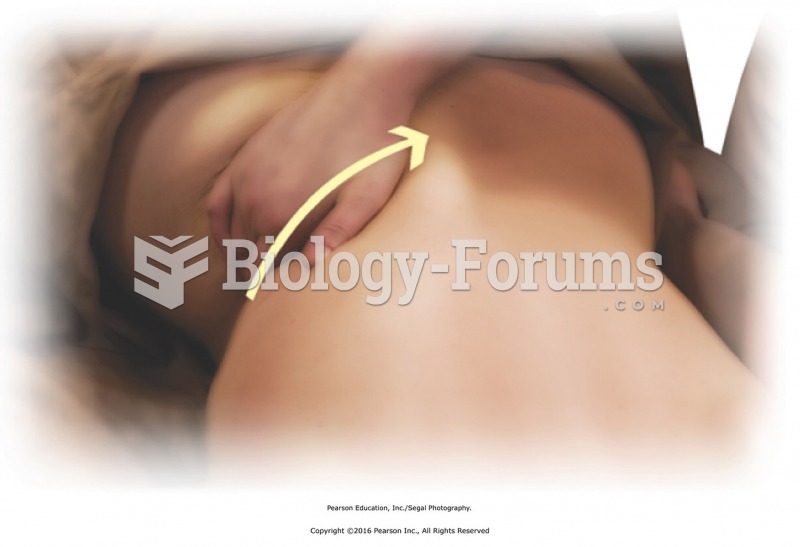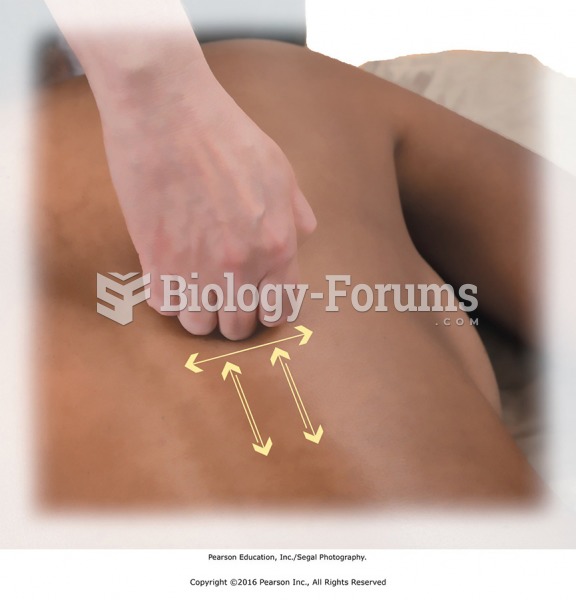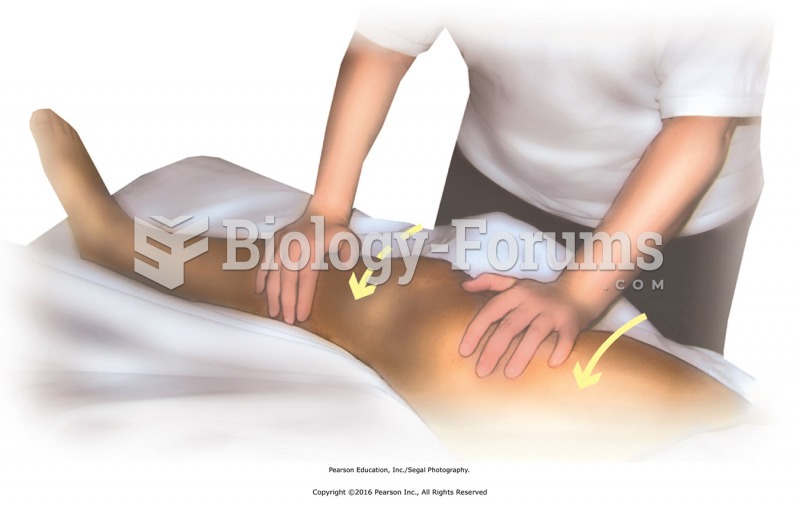|
|
|
Oxytocin is recommended only for pregnancies that have a medical reason for inducing labor (such as eclampsia) and is not recommended for elective procedures or for making the birthing process more convenient.
Acetaminophen (Tylenol) in overdose can seriously damage the liver. It should never be taken by people who use alcohol heavily; it can result in severe liver damage and even a condition requiring a liver transplant.
There are over 65,000 known species of protozoa. About 10,000 species are parasitic.
Urine turns bright yellow if larger than normal amounts of certain substances are consumed; one of these substances is asparagus.
More than 34,000 trademarked medication names and more than 10,000 generic medication names are in use in the United States.
 If raising a vehicle without a frame, place the flat pads under the pinch weld seam to spread the ...
If raising a vehicle without a frame, place the flat pads under the pinch weld seam to spread the ...
 Oil pressure applied to the locking pin causes the inside of the lifter to freely move inside the ...
Oil pressure applied to the locking pin causes the inside of the lifter to freely move inside the ...
 Lift sides of waist with deep effleurage strokes from the side. Move to opposite side and reach over ...
Lift sides of waist with deep effleurage strokes from the side. Move to opposite side and reach over ...




